I imagine that many of you will have already grasped the basics that I covered in my Intro to Miles & Points way back when I started the website. You’ve learned how to maximize credit card bonuses, refer your friends, avoiding fuel surcharges when redeeming points, and leveraging stopovers for their full value.
You’ve also gobbled up everything I’ve filed under Miles & Points since then, as well as what many other bloggers have put forth. You check in on the blogs and forums every once in a while to stay on top of the news. You might even be putting what you’ve learned into practice, and are well on your way to scoring some amazing travel for you and your entourage.
(If not, it’s time to get yourself up to speed – start with the Miles & Points Intro.)
Well, there comes a certain point when you wonder: What’s next?
The truth is that there are many, many more deals out there than what’s publicized on the blogs and forums. Even if they are mentioned on FlyerTalk, they’re usually tucked away in far-off corners of the forum and shrouded in code-speak, away from the masses.
That’s part of what makes this game so fun and exciting: there are always more deals to learn about, more value to be had, and more exciting trips in store – even for the seasoned pros.
It’s true that when you first start out as a points collector, it’s important to read the various blogs out there quite voraciously. But once you’re no longer a beginner, it’s all about developing a certain mindset.
Rather than being spoon-fed deals by the bloggers, it’s important to think about and understand the best deals and their underlying nature. This way you’ll be able to get in on the unpublicized “secret” tricks and eventually discover your own deals.
Think about it. Every deal out there was, at some point, undiscovered. Then somebody has a bright thought, decides to try something and see what sticks, and boom, you’ve got a deal on your hands.
This is what The Mileage Mindset is all about. By drawing upon some examples of the best deals around – both current and historical – I hope to “teach a man to fish”, exposing you to the way of thinking that’s required to make the leap from an avid points collector to a Miles & Points maestro.
Now keep in mind that as I mentioned, no one person knows all in this game, myself included. I’ll talk about the deals I’m aware of (current and historical), but there’s definitely way more mind-blowing examples out there that I haven’t yet come across.
Let’s start with the redemption side this time, since the topics on the earning side (namely manufactured spending) are likely to be quite divisive 😉
Sweet Spots
The award chart is the basic starting point when you want to redeem your miles. You go to your program’s award chart, look up your origin and destination, and find out how many miles are required for your flight.
The first and only thing you should think about when looking at an award chart is: What are the sweet spots?
One of the ways in which a sweet spots can be considered “sweet” is that redeeming for a certain award is disproportionately cheap, relative to the rest of the chart.
Historical example
Until December 2015, the Aeroplan award chart allowed you to redeem intra-Asia business class for only 30,000 Aeroplan miles, round-trip. You could therefore get 16+ hours of flight time (even more if you played around with the routing) in some of the world’s best business class cabins, like ANA, EVA Air, Singapore, and Thai for just 30,000 miles.
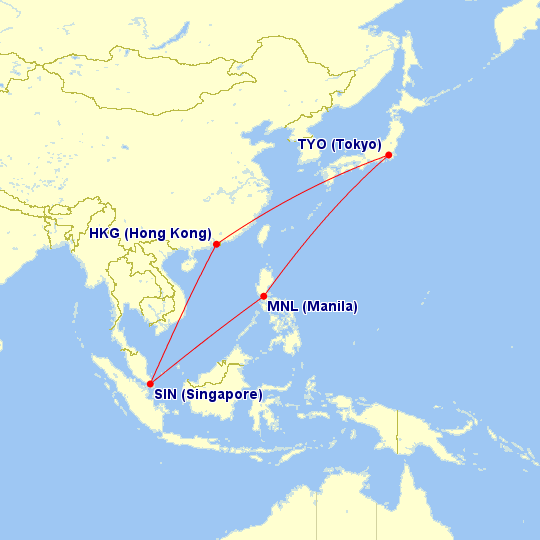
Historical example
Until 2016, the Etihad Guest program allowed you to redeem a round-trip business class flight on Brussels Airlines between New York JFK and Brussels for just 36,620 Etihad Guest miles. Most frequent flyer programs charge in the range of 90,000 miles for a North America–Europe round-trip in business class.
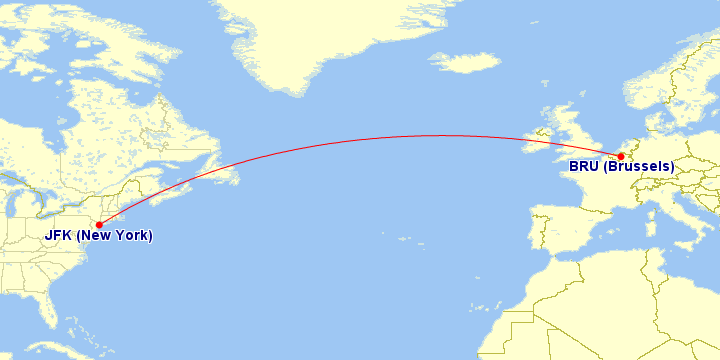
Current example
Most programs charge in the range of 80,000 miles for a one-way from North America to South Africa in business class alone, and upwards of 100,000 miles for First Class. But for only 70,000 Alaska miles, you can fly from North America to Hong Kong in Cathay Pacific first class, stop there for as long as you’d like, then continue to Johannesburg in business class. In my opinion this is one of the most incredible deals still in play today.
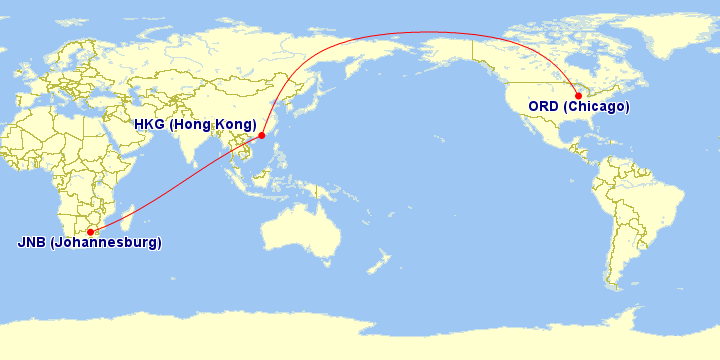
Current example
One of the cheapest ways to fly Lufthansa First Class between North America and Europe is by redeeming 50,000 Asiana Club miles. For comparison, Aeroplan charges 70,000 miles for a similar one-way redemption. You can earn 50,000 Asiana Club miles by transferring 40,000 Starpoints from SPG.
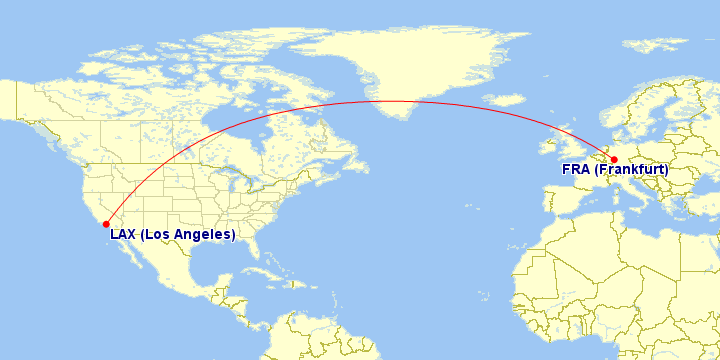
Geographic Regions
But the award chart is more than just a matrix of geographic regions and their respective award costs. Most award charts have a section at the end detailing which countries and territories fall into which geographic regions.
Sometimes, points programs are quite generous with what they define as a certain region. And that opens the door to even more sweet spots. I’ve already discussed a few of them on the blog…
Current example
Korean Air SKYPASS counts the US and Hawaii together in North America, whereas most programs separate the two. That means it’s possible to redeem for a round-trip from Canada to Hawaii for just 25,000 miles.
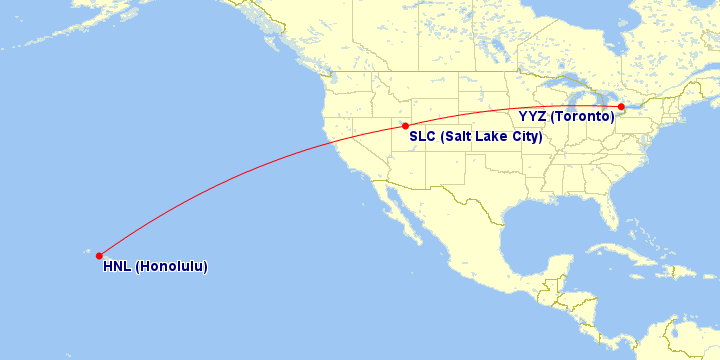
Current example
Aegean Airlines Miles+Bonus lumps in all the Caribbean islands with North America. You can therefore travel as far south as Trinidad & Tobago for just 25,000 miles round-trip as well.
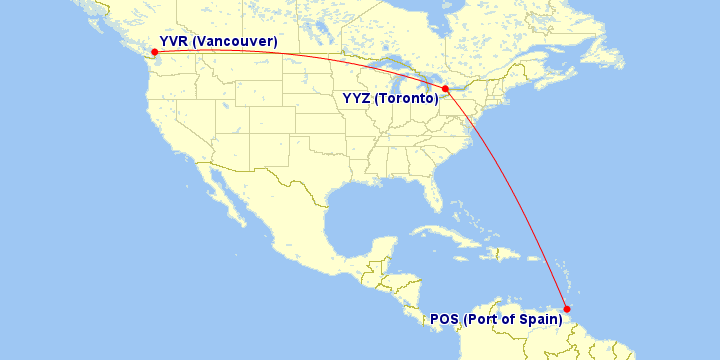
Current example
Alaska Airlines Mileage Plan has different award charts for each of its partners. For Japan Airlines, it inexplicably includes India in “Asia 1” together with Japan, Korea, and China. So you can fly from North America to India in business class for just 60,000 miles one-way. Meanwhile, most programs charge in the region of 75,000 miles for a business class one-way to the Indian Subcontinent.
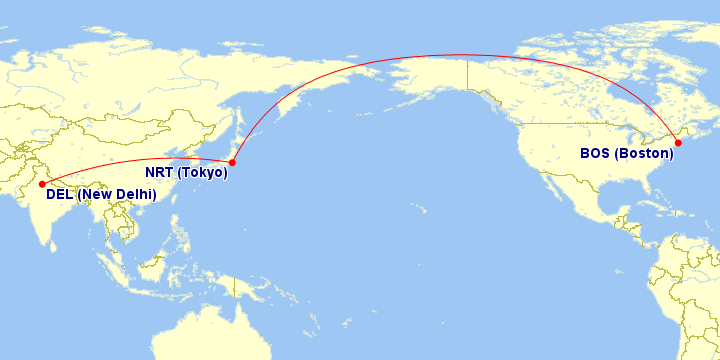
Current example
Aeroplan is one of the few programs that consider Peru to be in “Southern South America” rather than “Northern South America” (seriously, Aeroplan, have you ever looked at a map?), making it much more expensive to get to Peru than, say, Colombia or Ecuador. So if you’re planning to hit up Machu Picchu, it might be more worthwhile to use another program’s miles.
Now when it comes to historical examples of geographic madness, there’s no better example than Avianca’s LifeMiles program. As a bit of background, while it wasn’t easy to earn LifeMiles in Canada (you could transfer points from SPG, but that was about it), Avianca makes it really easy to buy miles for cheap. Together with the fact that the program didn’t levy any fuel surcharges, this makes some of the below sweet spots even more shockingly sweet.
Historical example
LifeMiles considered Guam, a US overseas territory in the Pacific Ocean near the Philippines, to be part of “North America”. So you could fly from North America to Guam via Asia and only pay the mileage for an intra-North America flight! Imagine flying from Toronto to Tokyo to Guam in business class for just 25,000 miles – that was the sort of thing that could be accomplished.
Lots of people just got off the plane at Tokyo and never boarded the Guam flight, effectively redeeming a North America to Asia ticket for extremely cheap.
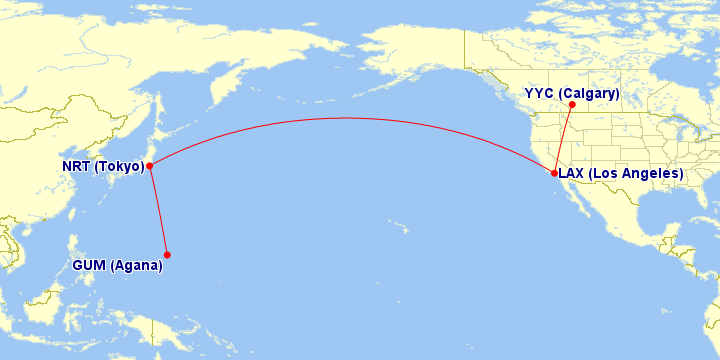
Historical example
LifeMiles also considered cities in the Russian Far East to be part of Europe, whereas most programs put them in Asia. So, for example, flying from Frankfurt to Seoul in Lufthansa First Class, then continuing to Khabarovsk in Asiana business class, was considered intra-Europe first class and, back then, would only cost 32,500 miles!
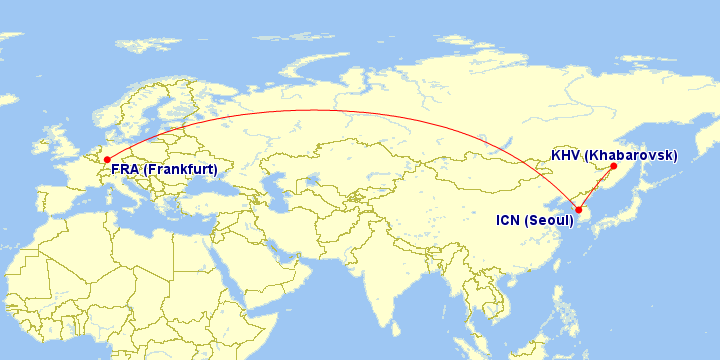
Clearly these deals were beyond too good to be true, and it’s amazing that they lasted as long as they did. More often than not, in order to get in on these deals, you had to have some luck in coming across the gargantuan threads on FlyerTalk, but then you needed to have the required mindset to be able to figure out how it works.
Just Plain Wrong
One more LifeMiles example. This one is straight up ridiculous.
Historical example
When you’re setting up a frequent flyer program, some employee has to key in the airport codes on your website’s search engine.
In LifeMiles’s case, the guy doing this job must have been one tortured soul. Among other gaffes, the “SAW” airport code was mistakenly assigned to Sawyer International Airport, Marquette County, Michigan. Meanwhile, in real life, SAW refers to Sabiha Gökçen International Airport, Istanbul’s second airport.
The result was that hundreds of people were able to issue award tickets between North America and Istanbul for intra-North America pricing, since the system would think that SAW was located in North America.
You could fly transatlantic first class for 35,000 miles one-way, or in economy class for just 12,500 miles one-way. Oh my…
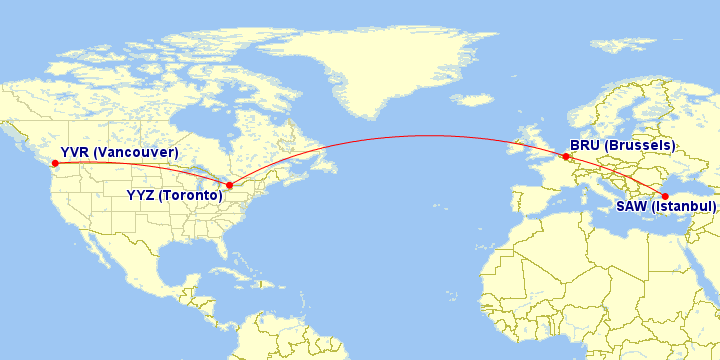
This kind of incredible deal doesn’t come around often, so when it does come around, it’s often kept hush-hush and can therefore remain alive for longer than one might expect. I have no doubt that there are similar insanely good deals active right now – we just have to keep applying the Mileage Mindset and exploring the programs out there.
Believe me, this won’t be the last time in this series that you’ll be hearing about Avianca LifeMiles…
Conclusion
Let’s take stock of some of the “burning questions” you should be asking when it comes to award charts:
- What are the sweet spots? Which redemptions provide outsized value?
- How are the geographic regions of the award chart defined? How can I take advantage of these definitions?
- Are there any “crazy” things about the program that could provide value?
Asking these questions are like second nature to advanced Miles & Points users, so the next time you’re studying an award chart, get into the habit of letting these questions chug along in the back of your mind.
Next week we’ll continue the series with the other piece of the puzzle when it comes to redeeming points: the routing rules, which dictate where and how you’re allowed to fly.










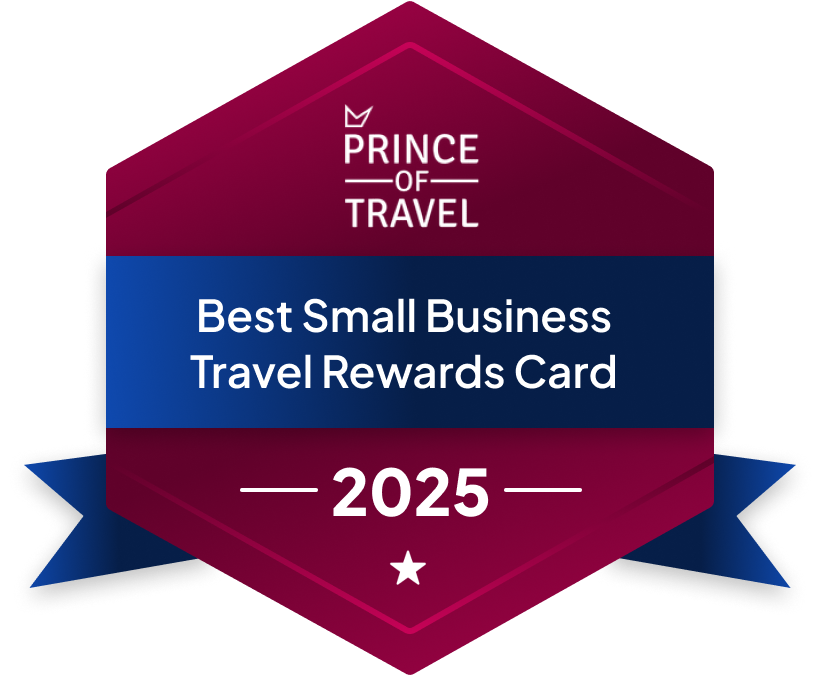


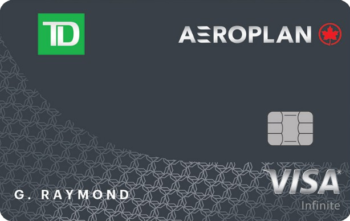






Pumped for this series!